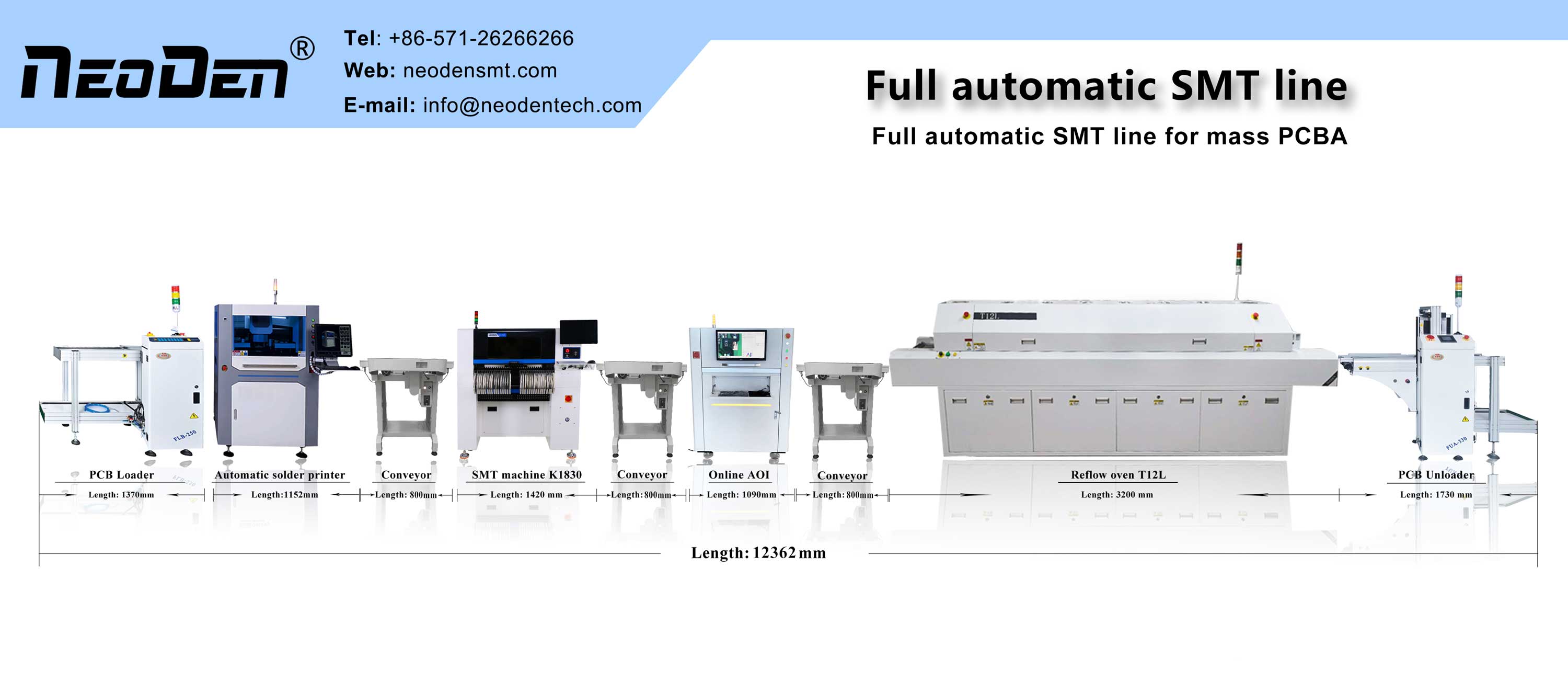Selective wave soldering machine provides a new welding method, which has incomparable advantages over manual welding, traditional wave soldering machine and through-hole reflow oven. However, no welding method can be perfect, and selective wave soldering also has some “limitations” determined by equipment characteristics.
1. The selective wave soldering nozzle can only move up and down, left and right sides, no realization of 3 d rotation, selective wave soldering wave crest is vertical, not horizontal wave (lateral wave), so for similar installed on the electric connector on the microwave cavity wall, insulator and vertically installed on the motherboard components on printed circuit board is difficult to implement welding, For rf connector assembly and multi-core cable assembly can not be implemented welding, of course, the traditional wave soldering and reflow welding can not be carried out; Even with robot welding, there are certain “limitations”.
2. The second limitation of selective wave soldering is yield. Traditional wave soldering is the entire circuit board one-time welding, choice of welding is point welding or small nozzle welding, but with the rapid development of electric industry, through hole components less and less, productivity through the modularization design of selective wave soldering, multi-cylinder parallel improved, especially German technology innovation, the production capacity has been a fraction.
3. Selective wave soldering ADAPTS to component pin spacing (center distance). In high density assembly of PCBA, the spacing of electrical connectors and double-in-line integrated circuits (DIP) is getting smaller and smaller, the spacing of electrical connectors and double-in-line integrated circuits (DIP) pins (center distance) has been reduced from the common 1.27mm to 0.5mm or less; This brings challenges to traditional wave soldering and selective wave soldering. When the pin spacing of the electrical connector is less than 1.0mm or even to 0.5mm, point-by-point welding will be limited by the size of the crest nozzle, and drag welding will increase the defect of welding spot bridging. Therefore, the disadvantages of selective wave soldering are highlighted in high-density assembly.
4. Compared with traditional wave soldering, the welding distance of selective welding equipment can be smaller than that of traditional wave soldering due to its special function of “thin” solder joints. Reliable welding can be achieved for through-hole components with pin distance greater than or equal to 2mm; For through-hole components with pin distance of 1~2mm, the welding spot “thin” function of the equipment should be applied to achieve reliable welding; For the through-hole components with pin distance less than 1mm, it is necessary to design a special nozzle and adopt a special process to achieve defect-free welding.
5. If the center distance of the electrical connector is less than or equal to 0.5mm, use the more advanced cable-free connection technology.
Selective wave soldering has strict requirements on PCB design and technology, but there are still some welding defects, such as tin beads, which are the most difficult to solve.
6. The equipment is expensive, a low-grade selective wave soldering equipment costs about $200,000, and the efficiency of selective wave soldering is low. At present, the most advanced selective wave soldering requires a 5s cycle, and for PCB with many through-hole components, it cannot keep up with the production beat in mass production, and the cost is huge.
Post time: Nov-25-2021

